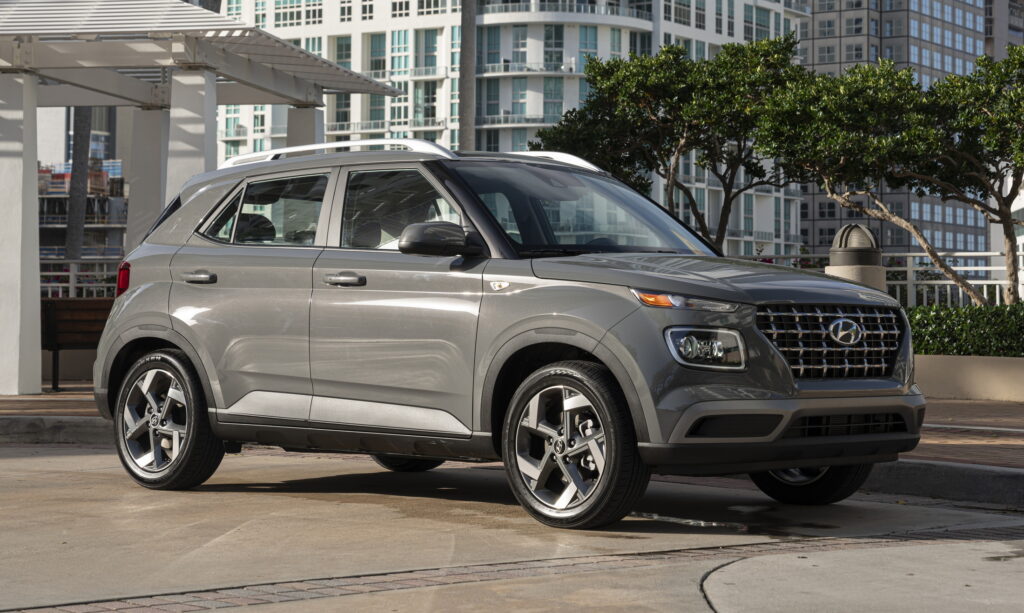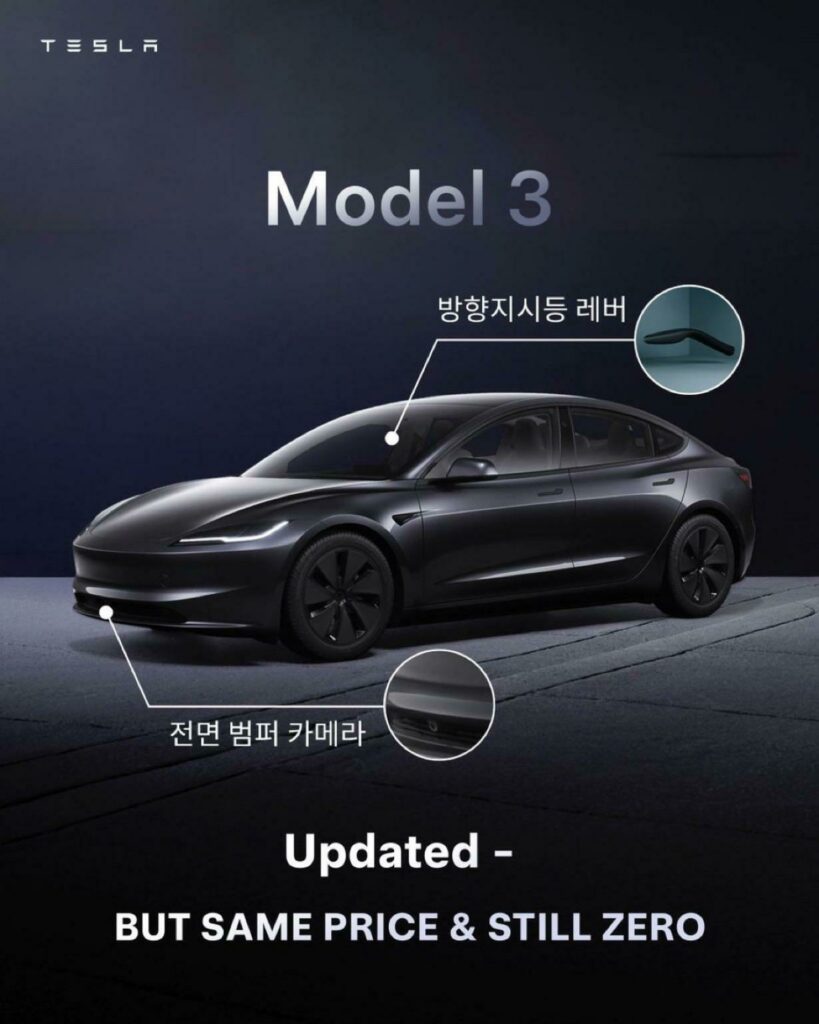Vehicle to-grid charging, while still in relatively early phases, is gaining traction across the school bus industry in both the U.S. and Canada.
The promise of V2G technology was frequently discussed in the early days of electric school bus adoption. However, few operations have been successful in giving power back to the grid at levels first promised, with only a handful of projects making headlines.
One such example is from The Mobility House, which announced a “successful implementation” of a V2G charging system at Fremont Unified School District near San Francisco, California. The company has several V2G projects around the U.S., including in New York and Massachusetts, that follow the same scalable approach.
“We were confident in our approach because of our deep experience in implementing V2G projects worldwide, and in school bus fleet electrification here in the U.S.,” said Alex Macharia, VGI program manager at The Mobility House North America. “It was important to establish trust in the technology and in us as an organization from our first conversations with [Director of Transportation Ernest Epley and Fremont]. Ultimately, we found that we were closely aligned on the mission to go beyond electrification by enabling clean reliable transportation that serves the Fremont USD student body while also improving grid resilience to benefit the community.”
Macharia noted that like all V2G projects, the one with Fremont required careful coordination and planning with utility Pacific Gas & Electric (PG&E) to obtain service expansion and interconnection. One of the recurring challenges with V2G, he said, is the functional compatibility between the vehicle, charger and charge management system, or CMS.
The CMS system at Fremont is developed by The Mobility House. According to a press release, ChargePilot manages daily smart charging of the buses, which the fleet operator can view can via an online dashboard. The market aggregation platform receives notifications from PG&E of an upcoming load reduction event via OpenADR, (a communication standard for utilities to provide control commands to distributed energy resources such as batteries and solar inverters) and suggests optimal charging schedules based on the event and time-of-use electricity prices, the release adds.
ChargePilot also adjusts charging optimization for the bus fleet to discharge power to reduce site load during the emergency event, while continuing to ensure vehicle readiness for departure on their next route, noted The Mobility House.
“We have come a long way in developing standardization within the technical interfaces, and this project will be showcasing methods of V2G deployment using open standards, which will resolve some of the complexity,” Macharia said, adding that the Fremont project is currently deployed under the PG&E Emergency Load Reduction Program with insights expected toward the end of next year.
By then, The Mobility House expects to have a full season of ELRP data.
“Program participants are compensated based on how much energy (kWh) or demand (kW) is reduced as compared to a baseline,” he continued, explaining that other partners included the World Resources Institute, Center for Transportation and the Environment, and Polara. “Thirty to 60 hours of events will be called per season (May to October). Events are one to five hours long called between 4 p.m. and 9 p.m.”
Fremont remains in the first phase of the project, with phase two expected to come online this fall. That phase will include the use of six bidirectional chargers.
“As more bidirectional vehicles and chargers come to market, and more utilities begin to offer V2G programs in their territories, The Mobility House will be at the forefront of deploying commercial and residential V2G solutions,” Macharia said.
Meanwhile, Fremont’s Epley said the decision to move toward V2G was driven by both sustainability goals and operational efficiency.
“We wanted to do more than just adopt electric buses. We wanted to maximize their value,” he said. “V2G technology allows us not only to reduce emissions and provide students with a cleaner ride, but also to turn our fleet into a flexible energy resource for the community. That dual purpose, educational and environmental impact paired with fiscal responsibility, was central to our choice.”
He noted that he is not an engineer or utility expert and is instead a “bus driver in a suit who happens to now lead transportation.” Because a project of this size is outside of his area of expertise, Epley said it is important to lean on partners such as PG&E and The Mobility House.
The companies, he added, handled the complex utility upgrades and charger integration, while he was able to continue to focus on daily operations.
“It was about mutual trust. They respected our school mission, and I trusted their technical know-how,” he said. “That’s how we made sure the infrastructure rollout matched our existing buses.
Epley said there were many practical and technical questions to answer. Among them, how would V2G impact battery life? What does the interconnection process look like with the utility? What are the financial models for energy export and savings?
Related: Feeling Super About Transportation Technology?
Related: Report: Inequities in Canadian Electric School Bus Transition Threaten At-risk Populations
Related: WRI Research Highlights Monetary Health Benefits of Electric School Buses
Related: Lion Electric School Buses Return to Quebec Roads After HVAC Fires
Related: Previous Lion Electric School Bus Warranties Voided by Company Sale
“The Mobility House brought expertise in energy management, while PG&E provided clarity on grid requirements and tariffs. Together, they demystified the process and gave us the confidence to move forward, knowing the technology was both viable and beneficial long-term,” he added.
It’s too early to track financial outcomes, he said, but by discharging energy back to the grid during peak demand periods and charging during off-peak times, Fremont projects a reduction of net charging costs.
“Just as important, the technology is helping us flatten our energy demand curve, which benefits both the district and the grid,” Epley said, adding that the district’s vision is to scale in a deliberate and sustainable way.
The next two electric school buses and additional chargers are scheduled for 2026.
“Even as funding landscapes shift, we’re positioning [Fremont] to demonstrate that electric school buses are not just a pilot project, but a long-term operational norm,” he said. “The integration aligns with our district’s sustainability plan: reducing greenhouse gas emissions, lowering operating costs and setting an example for students on how innovation and responsibility can go hand in hand.”
Epley shared the response from the community and parents has been overwhelmingly positive, with parents appreciating that their children are riding in buses that are cleaner, quieter and healthier for the community.
“Neighbors see us contributing to local grid stability rather than just drawing power” he said. “And students themselves are excited to see their school district at the forefront of clean technology. It becomes a teaching moment. That community support reinforces that we’re not just upgrading buses, we’re helping shape a more sustainable future for Fremont, California.”
Elsewhere, Tucson Electric Power is launching a V2G project this fall. And Fuse Power launched the first V2G electric school bus project in Canada. “Fuse is supplying power back to the grid during peak hours from parked electric trucks and buses. This milestone marks a major step forward in the future of vehicle-to-grid innovation,” according to a company Linkedin post.
The post Strides in Vehicle to Grid Technology Continue appeared first on School Transportation News.




















